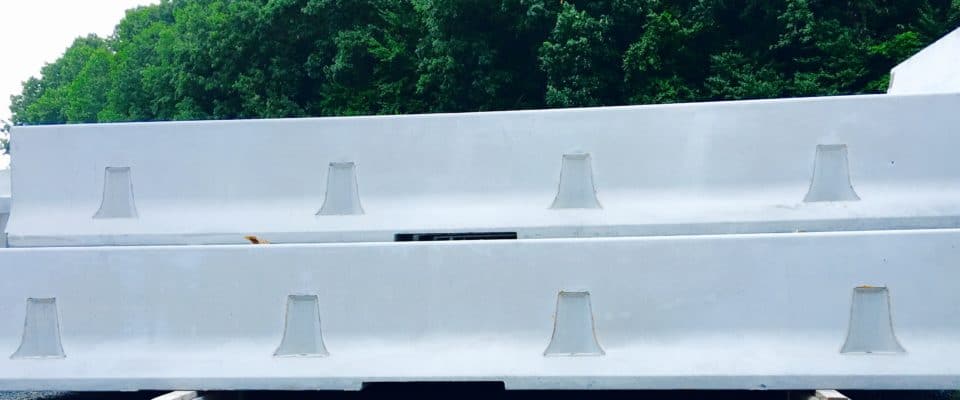Crash Beam Installation, Maintenance & Repair

Installing, sustaining, and repairing crash beams (also generally recognized as crash limitations or guardrails) require cautious planning, attention to element, and adherence to security standards. Here are Click here to find out more for each stage:
Installation:
Site Assessment: Conduct a radical assessment of the set up website. Consider components such as street format, traffic move, terrain, and potential influence points. This assessment will assist in determining the appropriate type of crash beams needed for the specific location.
Compliance: Ensure compliance with native regulations and security requirements. Different regions could have specific requirements for crash beam design, placement, and supplies.
Selection of Crash Beams: Choose crash beams that are suitable for the supposed function and site visitors volume. Consider elements corresponding to beam top, size, material (typically steel or concrete), and finish treatments (such as terminals and anchorages).
Proper Installation: Follow producer guidelines and safety requirements during set up. Properly install and secure the crash beams, ensuring they're accurately anchored to withstand impacts and stop them from becoming hazards themselves.
Reflective Markings: Install reflective markings or delineators on the crash beams to boost visibility, particularly during low light conditions.
Maintenance:
Regular Inspections: Schedule routine inspections to evaluate the situation of the crash beams. Look for indicators of wear and tear, damage, or corrosion. Inspections ought to be carried out at least every year, however high-traffic areas may require extra frequent checks.
Damage Assessment: If any damage is detected throughout inspections, assess its severity. Minor damage may require easy repairs, while extensive damage could necessitate beam substitute.
Cleaning: Keep the crash beams clear and free from debris, vegetation, and snow accumulation. Accumulated particles can impede drainage, leading to corrosion and compromising the integrity of the crash beams.
Rust Prevention: If the crash beams are manufactured from steel, apply rust-resistant coatings or paint to stop corrosion. Regularly inspect painted surfaces for chipping or peeling and repair any broken areas promptly.
Repair:
Immediate Repairs: Address minor damages promptly. Small dents or scratches may be repaired without replacing the entire crash beam. Repair broken areas in accordance with producer guidelines and safety standards.
Professional Repairs: For vital damages or structural issues, it's advisable to rent professionals experienced in crash barrier repairs. They can assess the injury accurately and carry out essential repairs to make sure the crash beams are restored to their unique security requirements.
Replacement: If the crash beams are severely broken or compromised, alternative could be the safest option. Always use crash beams that meet present safety requirements and adjust to local laws.
Documentation: Maintain detailed data of inspections, repairs, and replacements. Proper documentation ensures that you can monitor the maintenance historical past and reveal compliance with safety standards if required.

By following these tips for set up, upkeep, and restore, crash beams can effectively fulfill their purpose of enhancing highway security and stopping accidents. Always prioritize safety, compliance, and quality when working with crash barrier techniques..
